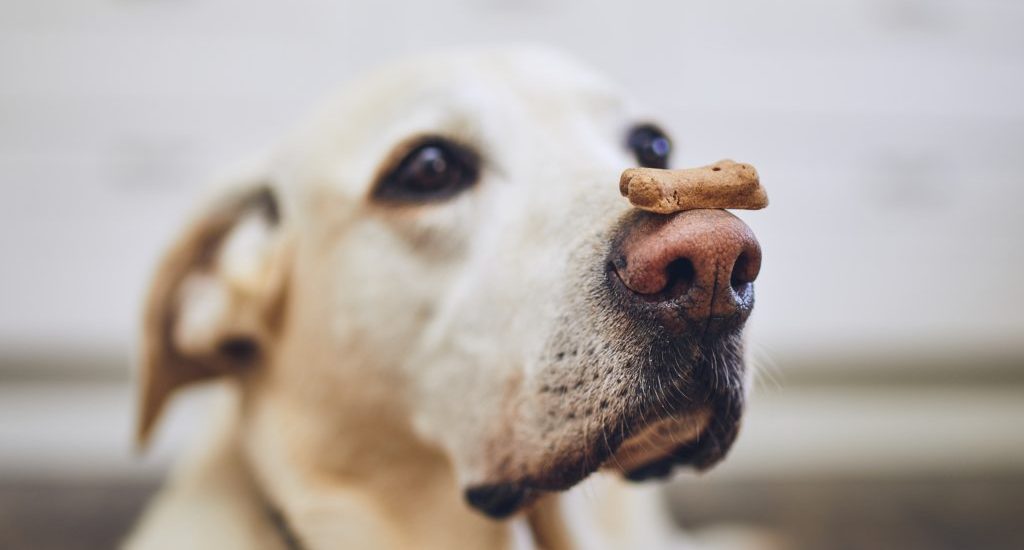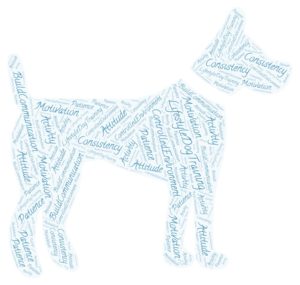- September 11, 2019
- Posted by: optimaadmin
- Category: Coaching The Handler

Keys to Successful Dog Training #7

This is it! The final blog in the series of the Keys to Successful Dog Training. Writing is not my forte but I wanted to share with you what I know to be true about what it takes to succeed with training your dog so you can easily refer back to it. This series has been a labor of love. My gift to you, in hope you will always have access to the valuable information I share during training.
What can the final key to success be? I’ll give you a hint: it’s in my company name, Lifestyle Dog Training. I hope you chose the word, lifestyle, which is defined as, ‘a manner of living that reflects a person’s values and attitudes’. Your final key to success needs to include a level of patience, with yourself and your dog. You need to have a patient attitude and approach to training because it takes time to learn and apply your knowledge in a way that eventually becomes second nature. And as you improve your skills your dog improves its response.
Being patient in a microwave, speed of light society is challenging. We want everything now. Since most of life doesn’t work that way it serves us

well to embrace a more patient pace with our training. I have never been able to train (e.g. teach one of the 5 basic commands) in one attempt, even though I have been able to get a dog to do the command in a very short amount of time, it takes longer than you think to have the learned skill become part of the learned response. I started out ‘training’ our family bunny, Fluffy to come on command when I was about 4 years old and I’m a bit older than that now, which means I have been at this a long time. What seems like second nature to me comes with many years of practice. I don’t expect you to devote hundreds of hours to training your dog but it will take a bit of time for sure. If you like statistics here’s one for you: it takes about 66 days of practicing a command in at least 5 different locations for your dog to really learn a skill.
Information + Practice (66 days) + 5 Locations = Learned Skill
Lucky for you, your dog loves to be a forever learner. They wake up each morning and want to do things (run around, play/wrestle, go on adventures, etc). They also want to learn how to do the things that need to happen in order to be a good member of your family (like go potty outside). We as dog owners need to know how to best communicate with them how to do things. That’s where training is key. Without the knowledge you will most likely miss the mark and create a cycle of miscommunication which results in less desirable behaviors. Let’s not allow that to happen. Take this seriously and you will reap the rewards.
When does training seem less like work? Oh that’s a good question! I’m pretty sure you have experienced the answer when doing one or a few of these activities. Change out the word training for any one of them and you will remember that in the beginning it seemed like such hard work and then after a while things got easier as you improved your skills.
- Learning to drive a car
- Learning how to cook healthy
- Exercising
- Using a new computer program
- Parenting

Guess what? I have some more good news about your dog….not only is it a forever learner, but because they age exponentially (about 7 years to our 1) they are fast learners. Basically they have a good attitude and are intelligent. That’s a win win combination. With that in mind, set a steady pace (small increments of time on a daily basis) and you will become a good trainer for your dog and it will learn what you are teaching.
Use these 7 keys to successful dog training as tools to keep you on the right track. They are like spokes in your training wheel, all necessary and vital to keeping the wheel strong and able to do what it needs to do. 
- Motivation
- Attitude
- Controlled Environment
- Build Communication
- Consistency
- Activity
- Patience
I hope you feel inspired to keep learning and training.
Wishing You All The Best,
Julie

